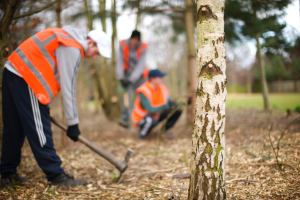So how do we fix it? It starts with you. It starts with us. We are all complicit with this system and until we are brave enough to realize it, the system will prevail.
After working 15 years in both criminal and restorative justice contexts people often ask me the difference between punitive justice and restorative justice and how we can fix our current system. I generally go back to the 3 questions posited by Howard Zehr, known as “the grandfather of restorative justice” in the United States. He says our current punitive system asks: What law was broken? Who did it? And how do we punish them? Restorative justice asks a distinctly different set of questions. It asks, who was harmed? What do they need? And whose obligation is it to meet those needs and right the harm that was caused?
Notice these are questions. Not answers.
How to fix our current system? If we as individuals can’t apply Zehr’s questions instead of jumping to answers in moments of conflict in our own lives – with our families, children, colleagues and the institutions we interact with – how can we expect to fix an entrenched system mired in the same reactive and punitive principles?
Instead of stepping in to fix the system, we need to first step back and recognize we, as a nation, have allowed our systems of mass incarceration to flourish. We need a thorough revamp of how we think about criminal punishment and the pursuit of justice – a way that honors the desires of survivors while creating viable options for people who have committed violence to repair the harm. Restorative justice is a critical part of this path.
The fundamental aim of restorative justice is the healing of all impacted parties. Survivors receive higher levels of healing and closure when people who commit violence are fully accountable for their actions and repair the violence in meaningful ways. Studies show survivors who participate in restorative justice alternatives are highly satisfied with the process and outcomes, and that 70 percent of crime survivors prefer holding people accountable through non-prison-based methods.

Similarly, accountability and repairing the harm reduces recidivism. When the goal is restoration of all parties, the person who committed the crime can gain insight into the underlying circumstances that led to the crime. They can pinpoint patterns of negative behaviors and begin to replace them with healthier ways of thinking and behaving.
However, these restorative processes and system changes cannot happen in a vacuum. The rigorous accountability expected of people who commit harm applies to us as well. We have allowed an incarceration system that undermines entire communities and dehumanizes poor people and people of color to flourish. This system not only fails to advance public safety, it actually perpetuates cycles of crime and violence and promotes discrimination. We have barely taken baby steps to correct this. In fact, we are still ripping off years upon years of misguided band-aid fixes. The reckoning is long overdue, and the state of our world today shows us the hard work of truth and reconciliation before us.
So how do we fix it? It starts with you. It starts with us. We are all complicit with this system and until we are brave enough to realize it, the system will prevail.


Join the conversation!